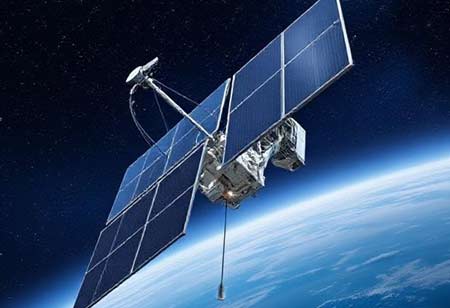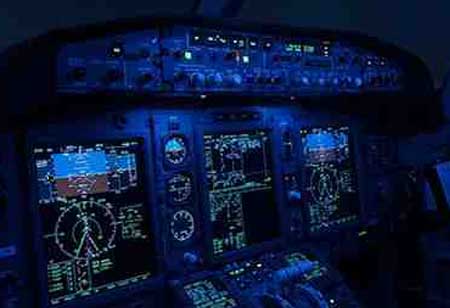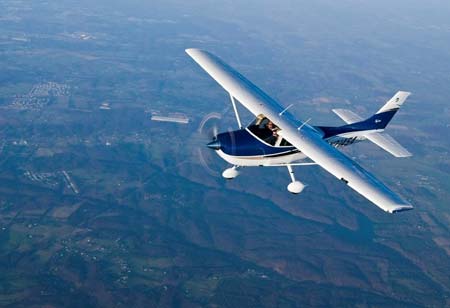Europe's two-way satellite manufacturing industry has solidified its role as a critical component of global telecommunications infrastructure. This technology, which facilitates signal transmission and reception via satellites, underpins key sectors such as telecommunications, broadcasting, defence, remote connectivity, and space exploration.
Technological Advancements
The European satellite industry has witnessed rapid technological progress, particularly in design and functionality. Top Companies in Satellite have significantly enhanced efficiency and connectivity through the widespread deployment of low-earth orbit (LEO) satellites. These satellites reduce latency and improve real-time communication, making them particularly valuable for autonomous vehicles and remote medical services applications.
Moreover, integrating artificial intelligence (AI) and machine learning (ML) has enabled self-monitoring and optimisation of satellite performance, leading to extended operational lifespans and improved efficiency. Innovations like flat-panel antennas and phased-array technology have streamlined two-way satellite communication, offering compact and cost-effective solutions for end users.
Another key breakthrough is the advancement of software-defined satellites, which provide unprecedented flexibility by allowing operational parameters to be adjusted in orbit. This adaptability enhances responsiveness to shifting market demands and strategic priorities.
Expanding Applications
Beyond traditional broadcasting, these systems provide high-speed internet access to remote and underserved regions. In the disaster management sector, they facilitate emergency communications in areas where terrestrial networks are either unavailable or damaged.
The defence sector has also benefited significantly from advancements in two-way satellite communications, improving situational awareness and secure data transmission. Additionally, the expansion of the Internet of Things (IoT) and Machine-to-Machine (M2M) communication is driving increased adoption of satellite technology. These developments are instrumental across agriculture, maritime, logistics, and energy exploration industries.
Commitment to Sustainability
Sustainability will remain a central focus for European satellite manufacturers in 2025. Efforts to extend satellite lifespans will reduce the frequency of replacements while using recyclable materials will minimise environmental impact. European regulatory frameworks will enforce compliance with sustainable launch practices, contributing to responsible satellite deployment.
Furthering these sustainability initiatives, manufacturers are leveraging reusable launch vehicles and advancing green propulsion technologies. Additionally, measures to mitigate space debris—such as technologies facilitating controlled satellite de-orbiting at the end of their lifecycle—demonstrate Europe’s commitment to environmental responsibility.
Market Growth and Demand
The increasing global demand for reliable communication networks has fueled substantial growth in the European two-way satellite manufacturing industry. Emerging markets across Asia, Africa, and South America are key drivers of this demand, particularly in broadband internet applications for underserved regions.
The European Union has supported industry expansion through funding initiatives and research and development (R&D) programs. These efforts have fostered a robust innovation ecosystem, coupled with rising private-sector investments, propelling technological progress and market expansion.
Moreover, the integration of two-way satellite technologies with 5G networks is playing a crucial role in advancing global connectivity. Enhanced mobile backhaul solutions provided by satellite systems significantly contribute to the growth of worldwide broadband penetration.
Regulatory Landscape
A harmonised regulatory framework across European nations has facilitated industry growth by ensuring system compatibility and operational efficiency. By 2025, regulatory policies governing frequency allocation have been refined to prevent signal interference and support seamless operations.
European authorities promote open standards and international collaboration, ensuring interoperability between European satellite systems and global networks. These initiatives have reinforced Europe’s leadership position within the global satellite industry.
Research and Development Initiatives
Europe remains at the forefront of innovation in the two-way satellite industry, driven by strong R&D efforts. Investments in satellite miniaturisation and high-throughput technologies yield significant advancements, while research into quantum communication is unlocking new possibilities for data security.
Collaboration between universities, research institutions, and private enterprises has fostered an environment conducive to groundbreaking discoveries. These joint initiatives have expanded the capabilities of two-way satellites, enhancing functionality and operational efficiency.
Commercialisation and Strategic Partnerships
Public-private partnerships have accelerated satellite constellation deployments and expanded the reach of two-way communication networks. European manufacturers have also aligned their efforts with global initiatives aimed at universal internet access, furthering digital inclusion worldwide.
Standardisation efforts among European manufacturers have strengthened industry cohesion, fostering competition and innovation. These collaborative ventures have positioned Europe as a key player in global satellite commercialisation.
Enhancing Accessibility
The European two-way satellite industry has made significant progress in making satellite communication services more accessible. Advancements in technology have reduced costs, making high-speed internet and communication solutions more affordable for consumers and businesses alike.
This progress has had a transformative impact on emerging economies, driving digital inclusion and economic development. By prioritising affordability and accessibility, Europe is actively contributing to global connectivity initiatives.
Reliability and Security
Reliability is a defining characteristic of European two-way satellite systems. By 2025, implementing advanced cybersecurity measures will strengthen network resilience against evolving cyber threats. Encryption technologies and quantum key distribution (QKD) are at the forefront of secure communications.
Additionally, improvements in redundancy protocols ensure continuous service availability, even in the event of technical disruptions. This reliability is crucial for mission-critical applications such as remote healthcare services and disaster response operations.
By 2025, the European two-way satellite manufacturing industry will stand at the forefront of innovation, sustainability, and global connectivity. Technological advancements, strategic collaborations, and regulatory frameworks have cemented Europe’s leadership.
The industry is poised for continued growth, shaping the future of global communications and ensuring widespread access to reliable, high-performance satellite networks. As demand for connectivity expands, Europe’s two-way satellite sector remains a cornerstone of the evolving digital landscape.









